Top Wedding Ring Brands for Every Style and Budget
A Wedding Ring as Unique as Your Love Finding the right wedding ring isn’t just about diamonds or gold – it’s about finding the one that feels right. With hundreds…
Not all diamonds come from the same place — but they all start the same way. Pure carbon, crystalized under immense pressure and heat. Whether it takes billions of years beneath the Earth or just a few weeks in a high-tech lab, the end result is the same: a dazzling, ultra-hard gemstone built to last forever.
So how exactly are diamonds made? And what’s the real difference between natural and lab-created? Let’s break it down, step by step.
A diamond is carbon, nothing more — but arranged in a way that no other substance can match. Under the right conditions, carbon atoms bond tightly in a crystal lattice. This gives diamonds their extreme hardness, brilliance, and fire.
It doesn’t matter if it formed underground or in a plasma reactor. As long as the structure is the same, the result is a diamond. Both natural and lab-grown diamonds share identical:
They can both be graded by labs like GIA, IGI, or GCAL. And yes — both can look stunning in a ring. The only real difference is origin. And that’s what we’re diving into next.
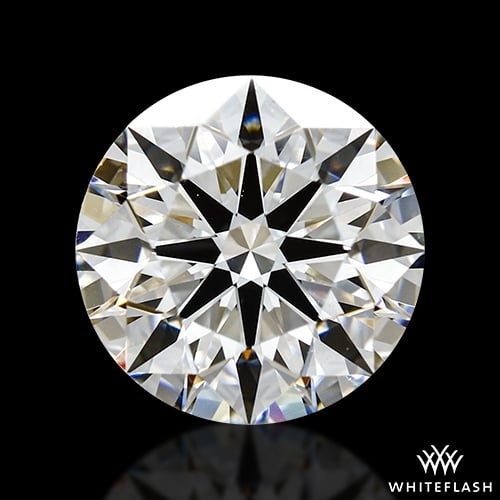
Natural diamonds began forming 1 to 3 billion years ago, deep underground — around 100 to 150 miles beneath the Earth’s surface. Here, in the upper mantle, carbon was subjected to conditions so extreme that it slowly transformed into diamond over time.
This process needed just the right mix: temperatures of over 2,000°F and pressures exceeding 725,000 pounds per square inch. These conditions caused carbon atoms to bond in a crystal pattern, creating the hardest known natural material on Earth.
It didn’t happen quickly. We’re talking millions of years for each diamond to take shape — layer by layer, atom by atom.
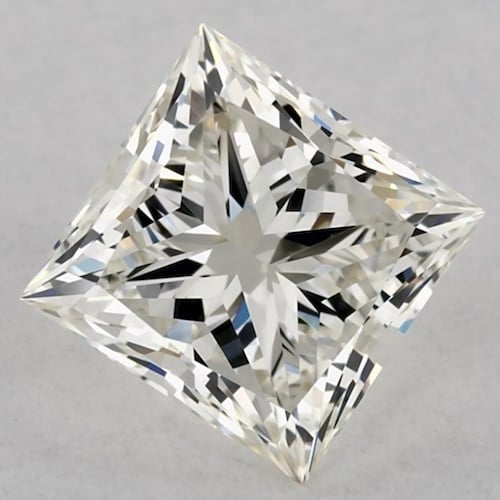
The diamonds didn’t stay buried. Powerful, fast-moving volcanic eruptions pushed them toward the surface, carrying them inside kimberlite pipes — vertical shafts of volcanic rock. These pipes are now the main source of natural diamond mining.
Some of the diamonds survived the journey intact. Many did not. What remains is carefully extracted through both open-pit and underground mining operations around the world.
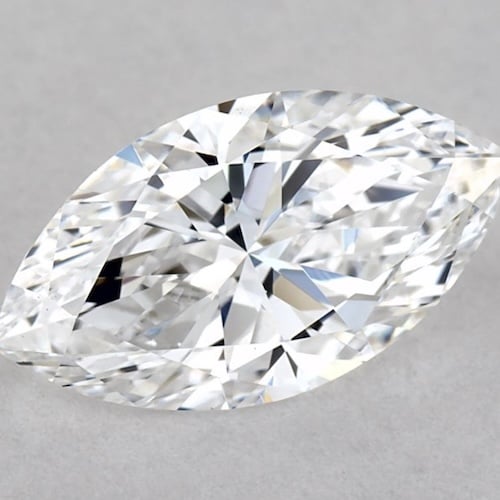
Natural diamonds are rare for a reason. Not only do they take eons to form, but only a small percentage of them are gem-quality. Mining is complex, expensive, and often yields more industrial-grade stones than jewelry-grade gems.
Add in the environmental and political challenges around sourcing, and you begin to see why natural diamonds carry a premium — and a sense of rarity that lab-grown stones can’t quite match.
Ready to start your search? Use the PriceScope Diamond Search tool to compare thousands of natural and lab-created diamonds from trusted vendors — all in one place. Filter by cut, carat, color, price, and more to find the perfect stone for your style and budget. It's fast, transparent, and built to help you buy with confidence.
Let’s be clear — a lab-created diamond is a real diamond. It’s not a simulant like cubic zirconia or moissanite. Same crystal structure. Same chemical makeup. Same sparkle.
The only difference? Where and how it forms.

This method replicates the natural diamond-forming process. A tiny diamond seed is placed inside a press and exposed to extreme pressure and temperature — just like in the Earth’s mantle.
Molten carbon forms around the seed. Over time, it crystallizes into a larger diamond. HPHT diamonds tend to grow in a more traditional cuboctahedral shape and may contain metal inclusions from the process.
CVD takes a different approach. It starts with a diamond seed, usually a flat sliver, placed in a vacuum chamber filled with carbon-rich gas. The gas is heated into plasma, breaking down the molecules and allowing carbon atoms to build up on the seed.
This process is slower and more controlled. The result is a diamond that grows layer by layer, typically with fewer metallic inclusions than HPHT.
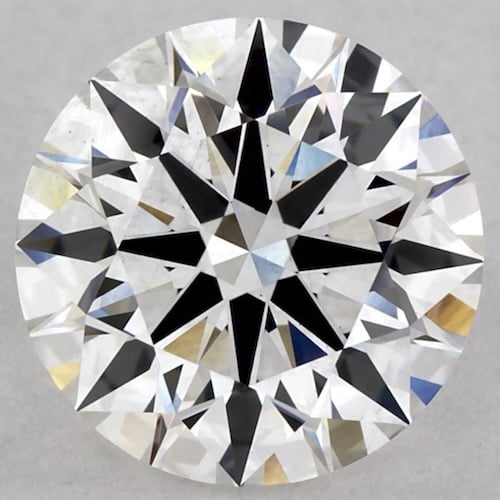
Whether HPHT or CVD, lab-grown diamonds are made in weeks, not billions of years — but that doesn’t mean the process is simple. It requires high-tech equipment, exacting conditions, and post-growth treatments like annealing or HPHT finishing to enhance color or clarity.
Lab diamonds have exploded in popularity for a few reasons:
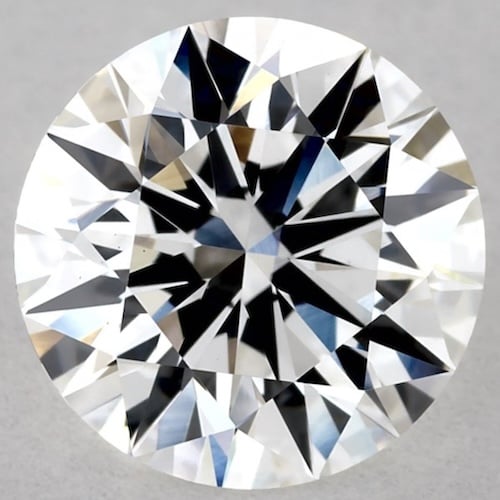
While often marketed as the more ethical choice, that’s not always guaranteed. Many lab diamonds are produced in factories in India and China, some of which rely heavily on coal-powered energy and operate under less transparent working conditions. Sustainability varies widely depending on the producer.
Looking for a lab-grown diamond? Use the PriceScope Lab Diamond Search to explore thousands of certified lab-created diamonds from top-rated vendors. Compare prices, specs, and grading reports side by side — all in one simple tool. It’s the easiest way to find the best value without compromising on quality.
At a glance, natural and lab-created diamonds look identical. But behind the sparkle, there are some key differences worth knowing — from how they’re valued to how they’re sourced.
Here’s how they stack up:
Factor | Natural Diamond | Lab-Created Diamond |
Chemical Composition | Pure carbon, natural crystal structure | Pure carbon, same crystal structure |
Visual Appearance | Identical to lab-grown; differences only visible under magnification | Identical to natural; requires advanced tools to detect |
Certification | GIA, AGS (historical), GCAL, IGI | IGI, GIA, GCAL |
Cost | Higher — priced for rarity and natural origin | Lower — often 40–60% less for the same specs |
Environmental Impact | Mining has a large footprint; varies by producer | Lower in some cases, but many rely on coal and high energy use |
Rarity | Extremely rare; formed over billions of years | Man-made; unlimited potential supply |
Resale Value | Holds value better; resale and trade-up options available | Lower resale value; limited secondary market |
Usually not — at least not with the naked eye.
A well-cut lab-created diamond looks identical to a natural one in person. Same sparkle. Same brilliance. Same fire under the light.
The differences only show up under advanced testing. Lab diamonds, especially HPHT stones, may show growth patterns, metallic inclusions, or fluorescence traits that are different from natural diamonds. These aren’t visible without magnification or specialized tools used in grading labs.
That’s why certification matters. Reputable labs like GIA, IGI, and GCAL can identify and grade both natural and lab-created diamonds accurately. Always look for a clear grading report that discloses origin, clarity, cut, and other key details — and avoid diamonds without lab backing.
The more you know about what you’re buying, the better your decision will be.
There’s no one right answer — it all comes down to what matters most to you.
Choose a natural diamond if you value rarity, geological history, and long-term value. They’re finite, traditional, and often seen as heirloom pieces with enduring emotional and financial worth.
Go with a lab-created diamond if you want more size for your budget, care about modern production methods, or simply prefer a stone with a shorter supply chain. Just be aware that resale value is limited, and not all lab-grown stones are created equally.
Still unsure? You’re not alone. Visit the PriceScope forum to read real discussions, see side-by-side comparisons, and hear directly from diamond experts and shoppers who’ve faced the same decision.
For the best in both natural and lab-grown diamonds, start with Whiteflash — known for their elite cut quality, detailed performance imaging, and top-tier customer service. Looking for a fully interactive shopping experience? James Allen lets you view every diamond in 360° before you buy. Want trusted value and a wide selection? Blue Nile offers classic styles at competitive prices with a long-standing reputation for reliability.
Both natural and lab-created diamonds are real — chemically, physically, and visually.
What matters most is choosing one that feels right to you. A diamond you understand. A diamond you’re confident in. Whether you’re drawn to the story of Earth-formed rarity or the innovation behind lab-grown precision, you deserve to make that choice fully informed.
Use PriceScope to do just that. Compare diamonds, dig into expert articles, and ask real questions in the forum before you buy. The more you know, the better your diamond journey will be.
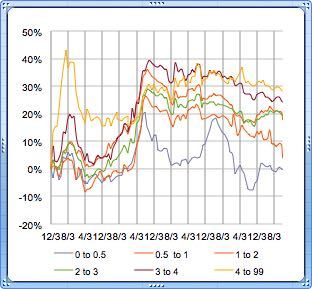
Retail Diamond Prices Chart Updated Monthly.
A Wedding Ring as Unique as Your Love Finding the right wedding ring isn’t just about diamonds or gold – it’s about finding the one that feels right. With hundreds…
So, you’re thinking about lab-grown diamonds? Smart move. They’re just as sparkly as the natural kind but usually cost less. But where do you actually go to buy them? It…
PriceScope’s August 2025 report tracks the latest movements in natural diamond pricing, shaped by tightening global supply, evolving shape preferences, and continued pressure from lab-grown diamonds. While premium-grade stones in…


Want to stay updated on the most recent blogs, forum posts, and educational articles? Sign up for Bling News, PriceScope’s weekly newsletter.